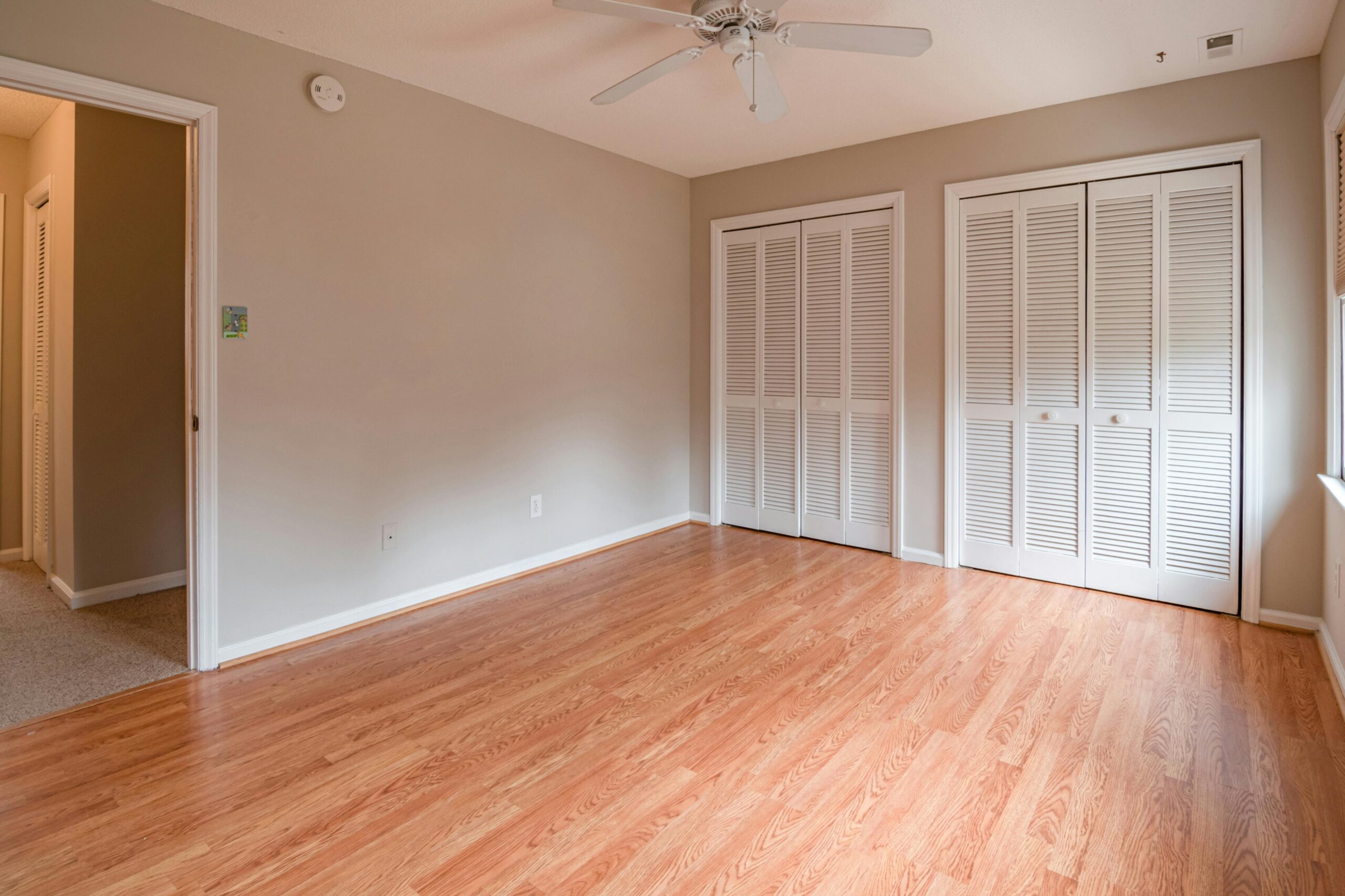Storage space in the United States enjoys a sudden boom in recent years. Over time, people have acquired more stuff and businesses have needed additional inventory space making leasing unused storage space the latest opportunity for a property owner to make money. If you have room in your home, garage, basement or on a piece of property, you could convert it into something that allows you to make passive income every second month.
Understanding why people needed more storage space turned out to be the crucial part of the project.
With urbanization and shrinking living spaces, the USA’s thriving e Commerce market has led to steady demand for storage solutions. Market research indicates the self storage industry in the US will continue to grow significantly and that millions of individuals and businesses will continue to use storage units as a short and long term solution.
People look for storage for various reasons, such as:
- Downsizing their homes.
- Moving to a new location.
- Holiday decorations or sports equipment that you store for the season.
- Businesses that need a little extra room for inventory, tools or office supplies.
But this demand becomes an excellent opportunity for property owners to venture into this growing market.
What kinds of storage can you rent out?
There are several types of storage spaces you can offer, depending on what you have available:
Garage Storage: Great for those vehicles, tools or equipment.
Basement Storage: Furniture, seasonal items or personal belongings – that’s what you need it for.
Attic Storage: Lightweight clerical items which do not require climate control.
Outdoor Storage: Great for RVs, boats or any large vehicle.
Warehouse or Large Spaces: For sure, businesses might lease larger area for inventory or machinery storage.
How to Get Started with Renting out Storage Space
If you’re ready to make money from your unused storage space, follow these steps:
Evaluate Your Space: Make sure that space is clean, secure and accessible. To find out what type of items it can hold, check the size and condition of it.
Research Local Regulations: There may be zoning laws, or permits needed, in some parts of the U.S. to rent storage. Make sure to check with your local municipality to make sure you are in compliance.
Set Competitive Pricing: Price your storage space fairly by researching similar storage spaces in your area. They can range in size, location and have amenities like climate control or security features, which can affect rates.
Enhance Security: Add locks, surveillance cameras, and lighting, making your storage area a bit more appealing to possible renters.
List Your Space Online: With the help of convenience features embedded in platforms such as Neighbor, SpareFoot, or even local community boards, finding potential renters is a cakewalk. Make sure to include information such as clear photographs, descriptions, and your prices in your listing.
Draft a Rental Agreement: It’s a clear contract and protects you as well as the renter. Payments terms, access times and items cannot enter will all be outlined.
There are some benefits to renting out the available space on your property for storage purposes.
Passive Income: Unlike becoming a car salesman, where you need to constantly find new clients, once set up your storage space can generate constant income with minimal effort.
Flexibility: The spaces can be leased on short or long term.
Maximize Unused Space: Take idle areas of your property and turn them into at least a somewhat profitable asset.
Final Thoughts
One way to make passive income in the USA is by renting out storage space. Because this market has limited initial investment requirements, a property owner can capitalize on this growing market. This establishes you as a viable landlord, allows you to protect your investment by securing your space, encouraging the flow of cash with steady rents, and gets you a solid source of income without slaving away.
